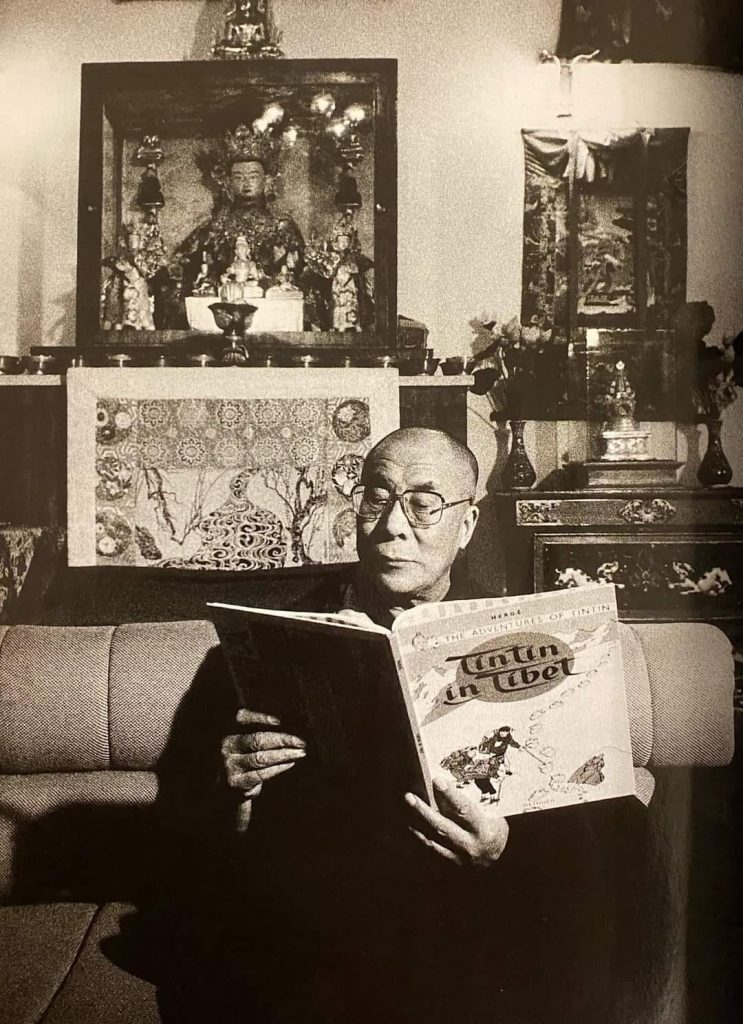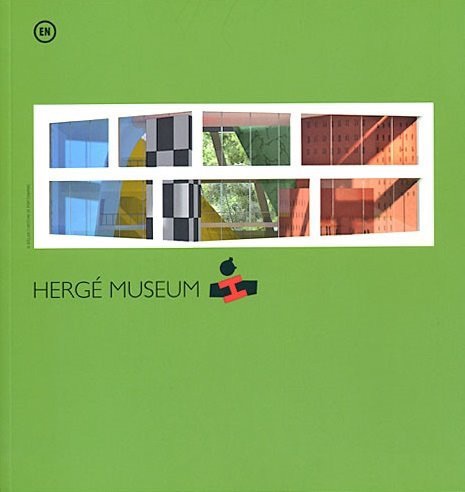

This, the English language edition of the Hergé Museum’s guide, is a terrific little book. I bought my copy from the Museum itself, whilst on a visit to Belgium for the Battle of Waterloo bicentennial celebrations, back in 2015.
At only 78 or so pages, it’s a small thing. The format is just off square (17×17.5cm), and I t’s beautifully designed and printed, as befits it’s subject. Some of my pics – taken whilst reading the book in bed, in low light – are a bit dark. But never mind!
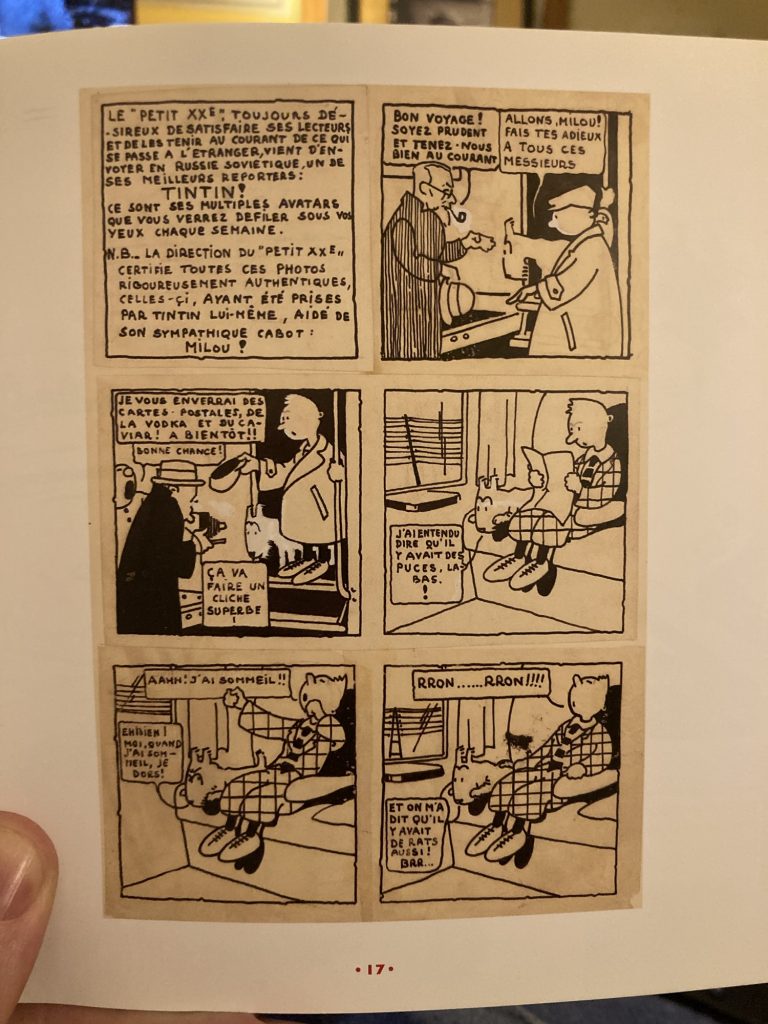
The book starts with brief contributions from the architect and ‘scenographer’ of the Museum itself, Christian de Portzamparc and Joost Swartz. After which it moves, as if through the eight main rooms of the building, giving a ‘chapter’ for each, with a short two page timeline at the end.
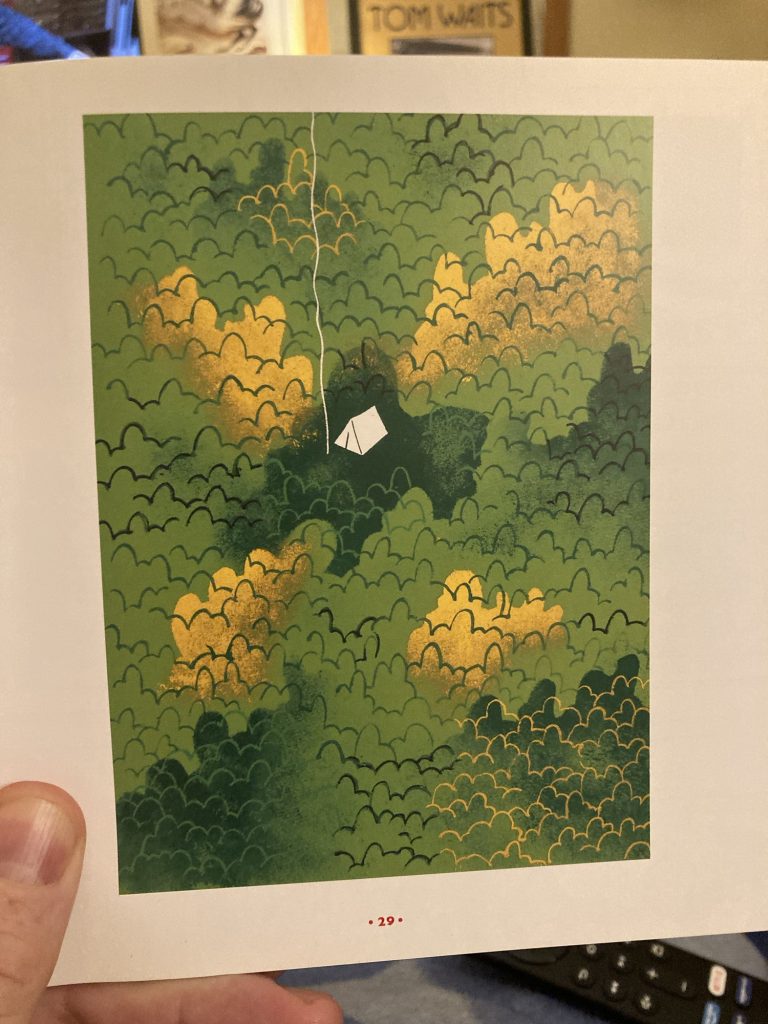
The eight room themed chapters are titled as follows:
Room 1 - A life’s journey
Room 2 - A man of many talents
Room 3 - Family from the drawing board
Room 4 - Cinema
Room 5 - The laboratory
Room 6 - Dreaming of travel
Room 7 - Studio Hergé
Room 8 - Hergé acclaimed
Each chapter explores Hergé’s life and works, succinctly but informatively, via a theme. You can guess these themes pretty easily/accurately from the chapter headings.
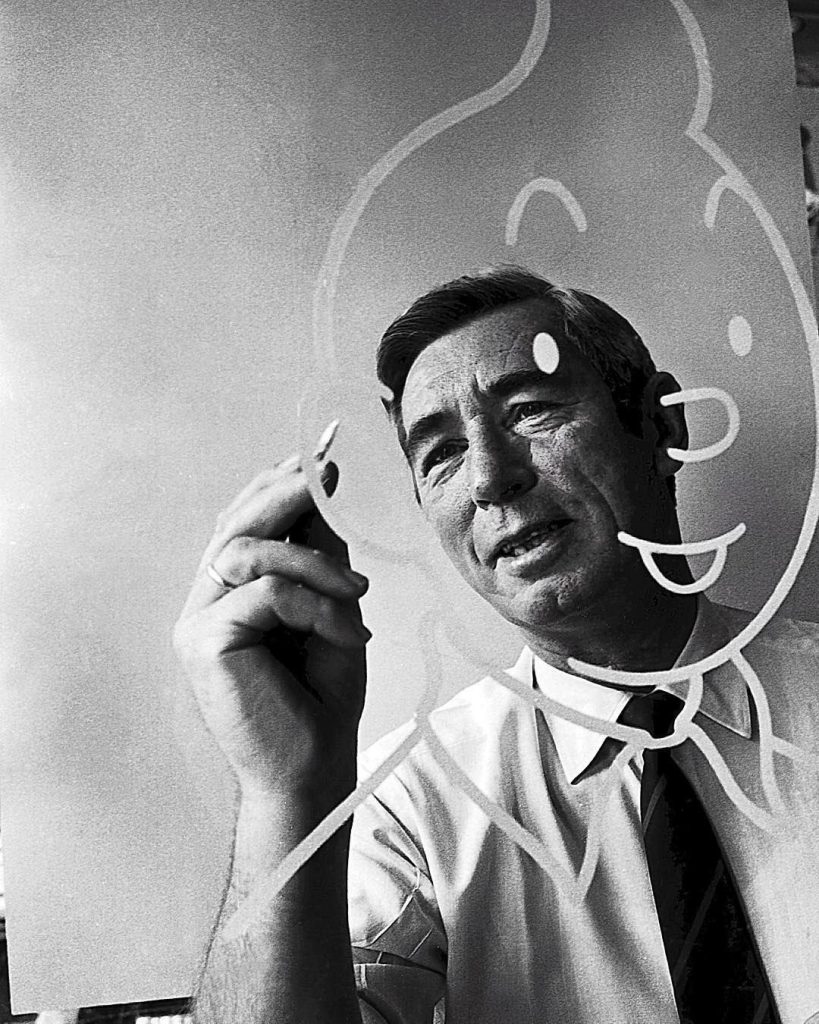
If you want lots of detail on any aspect of Hergé’s career, you’ll need to consult more in depth works (e.g. biographies, such as this [link]). But as a light and fun way to learn a little about Hergé, whilst revelling in the pure joy of admiring his work, this is perfect.
So, all in all, you get a little bit of info’ about the Museum itself, a decent chunk on Hergé’s life, from start to finish, plus plentiful example of his work, from the earliest to the last.
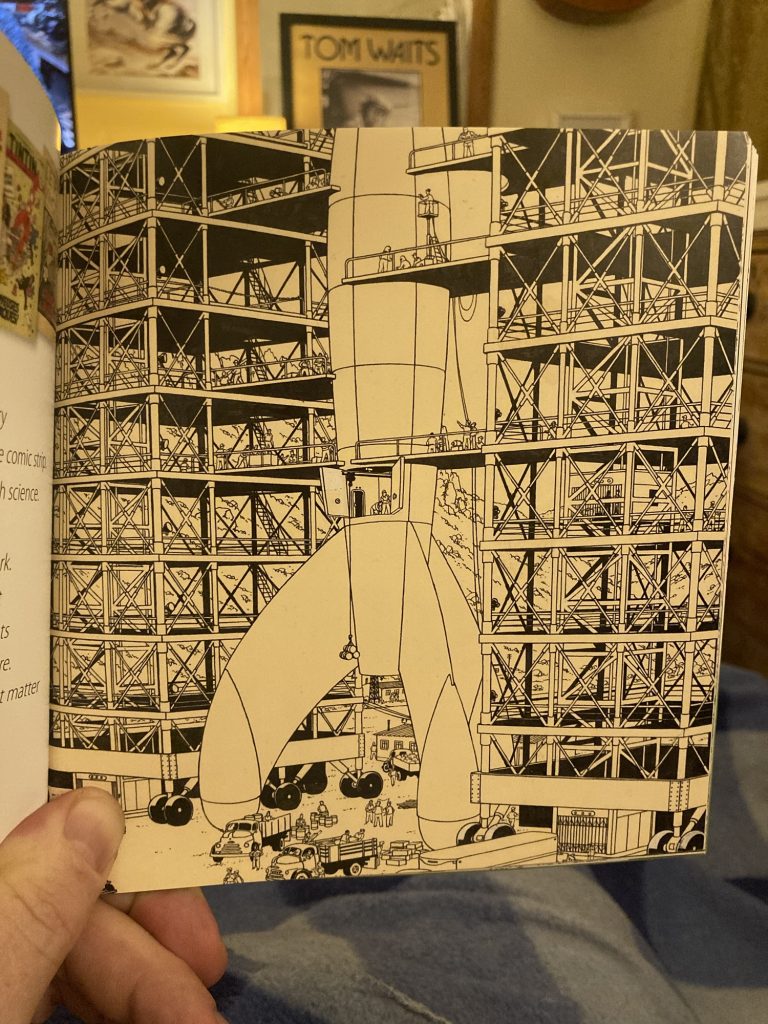
And whilst Tintin looms large, as of course one would fully expect, there’s much besides: from his early Boy Scout stuff, to his design and advertising work, and taking in his other less well known cartoon creations, like Quick & Flupke, or Joe, Zette & Rocko.
I occasionally pick this slim little volume up, and peruse it. Sometimes working stolidly, from start to finish, but more often dipping in at random. It never fails to put a smile on my face. Enlightening and entertaining.
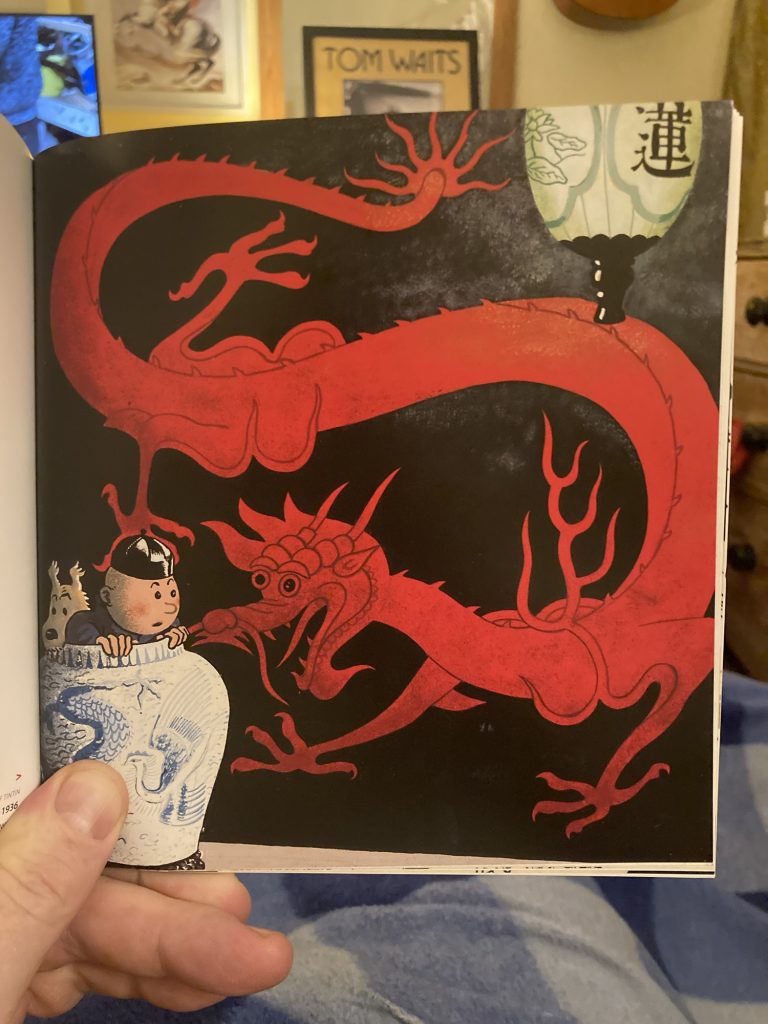
There’s also some modest homely wisdom to be learned from Hergé’s example. Alas, idiot that I am, I still haven’t taken to heart what he could’ve taught me oh so many years ago. But the insights are there, even if I (stubbornly and moronically?) refuse to adopt them!
Anyway, all told a terrific wee tome, that punches well above its weight. Granted, the slightly hagiographic text reads a bit oddly in places, having a rather florid Gallic feel. Something to do with the translation, and differences in national styles, possibly?
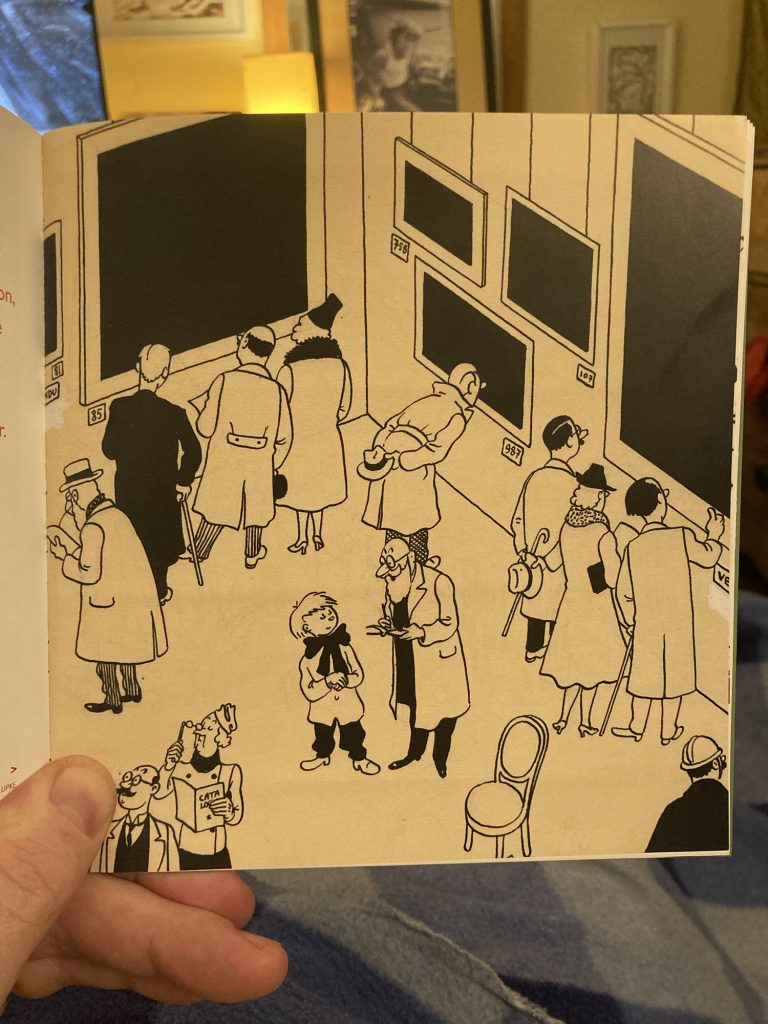
But that doesn’t seriously diminish the overall richness of the experience. At least not for me. Highly recommended.
And as a follow up, here are some Hergé related images not to be found in this book:
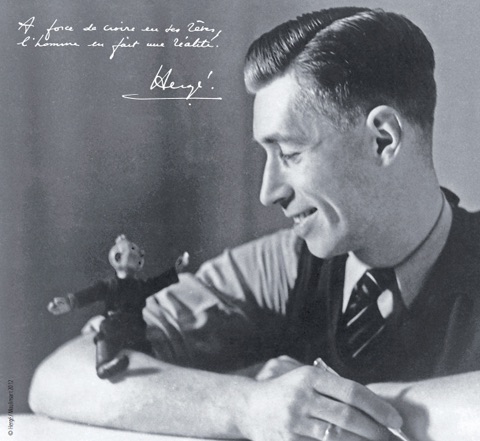
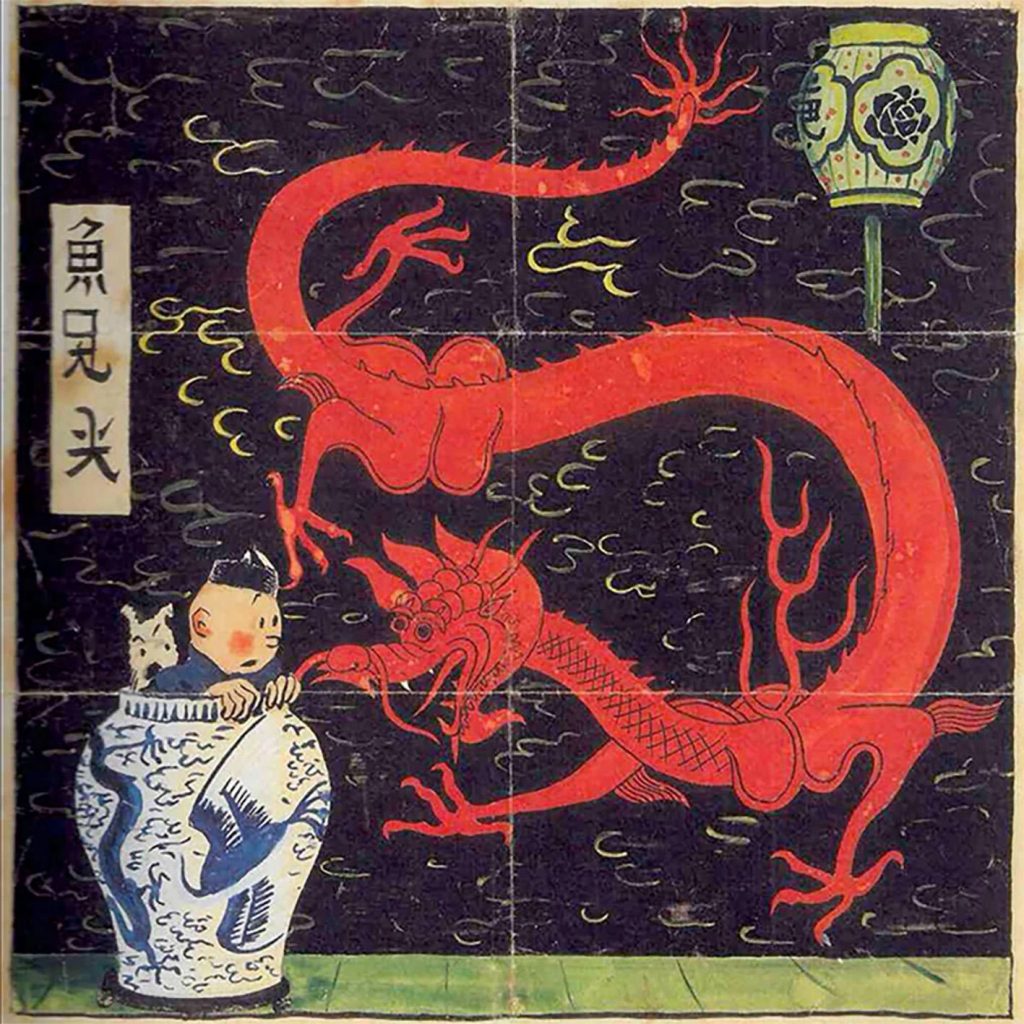
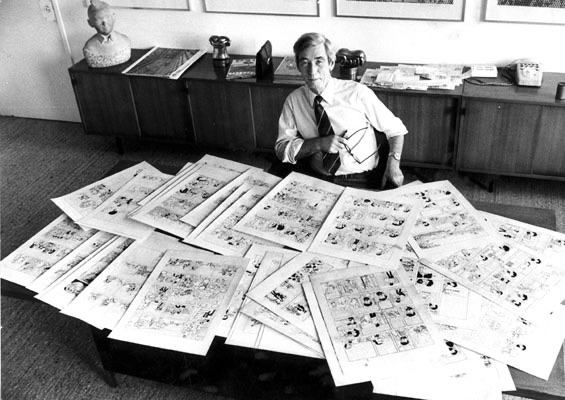
And to finish, a smaller version of this last picture, below, is included.
